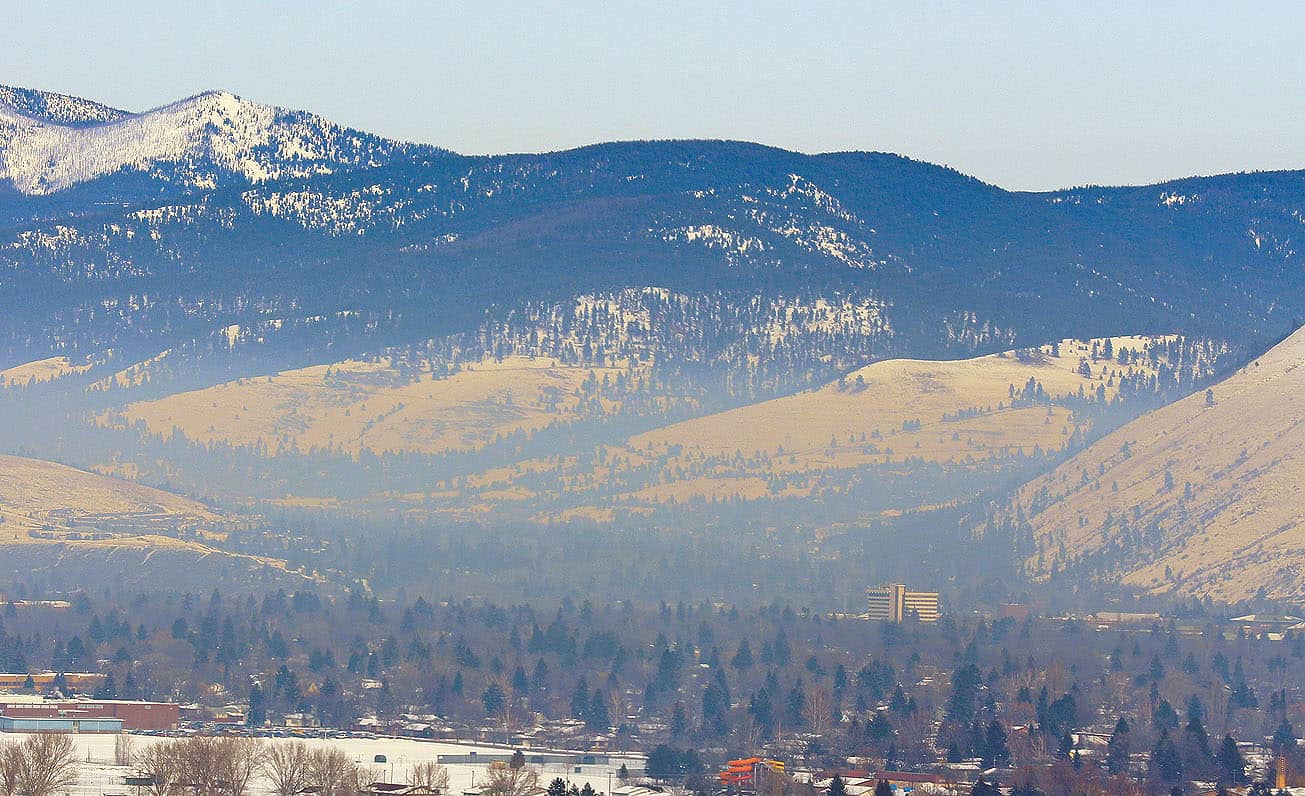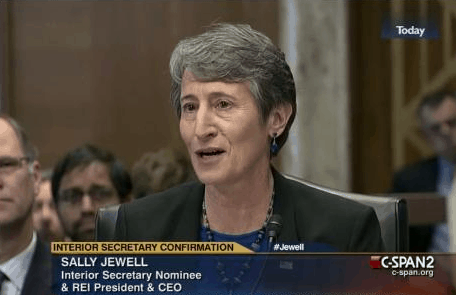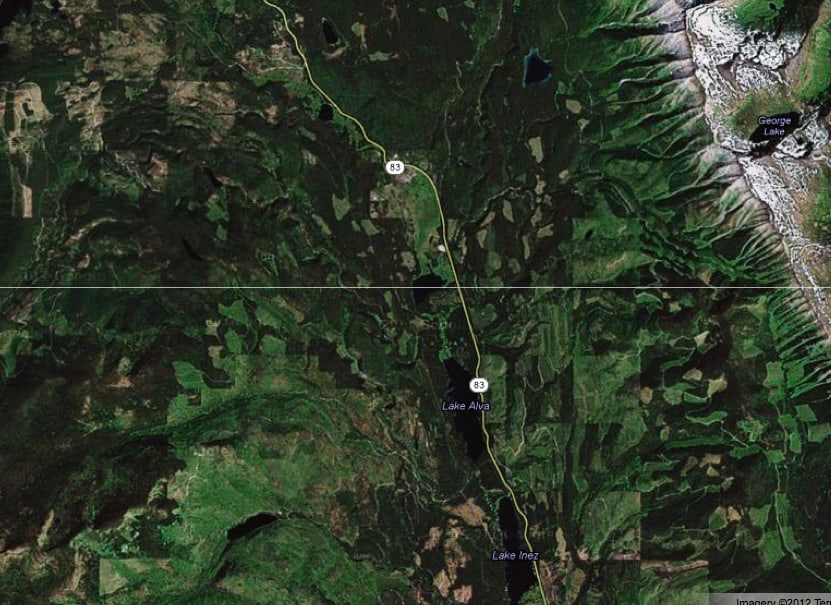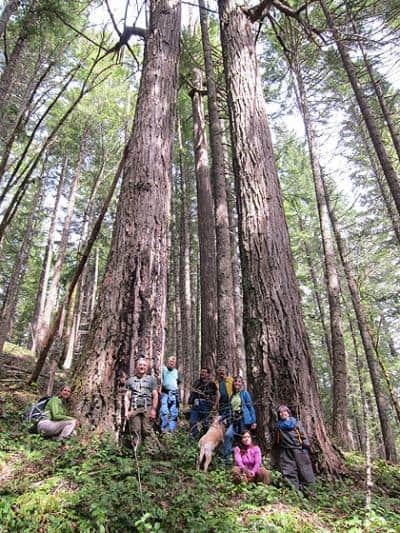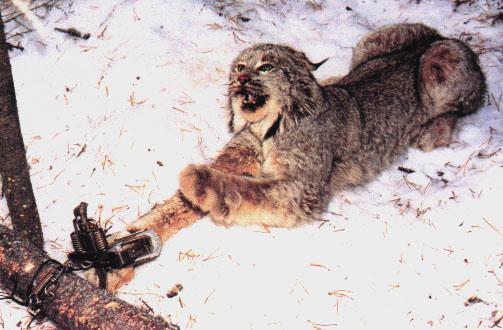The following press release is from PEER (Public Employees for Environmental Responsibility). One has to wonder if any of the information and facts below concern Senator Murkowski in the least. Also, I assume since some commenters on this site regularly rail against any and all lawsuits from environmentalists that these same commenters will take the state of Alaska to task for these fruitless lawsuits that are costing taxpayers so much money. – mk
Washington, DC — The State of Alaska is forfeiting substantial public dollars pursuing fruitless lawsuits against federal wildlife and forestry laws, according to documents posted today by Public Employees for Environmental Responsibility (PEER). The lawsuits highlight the lack of independent legal analysis prior to the state charging off to litigate against political windmills.
Documents obtained in public record requests filed by Rick Steiner, a retired University of Alaska professor and PEER Board member, indicate that the state’s attempt – instigated by Governor Sarah Palin, and then continued under Gov. Sean Parnell – to roll back federal protections for the polar bear cost the state budget approximately $1.5 million, the bulk of which came from retaining an outside law firm. Not only was the state utterly unsuccessful but it duplicated a suit already filed by the Alaska Oil and Gas Association and other industry groups.
Similarly, Alaska’s recently dismissed lawsuit seeking to invalidate the federal Roadless Rule governing more than 14 million acres of the Tongass and Chugach National Forests cost the state another $200,000. These state cost numbers reflect only costs incurred by the state Attorney General. The U.S. Department of Justice likely spent comparable amounts of taxpayer funds successfully defending these state lawsuits, thus doubling the ultimate cost to public treasuries both in Alaska and the nation.
In addition, state costs are currently being calculated for Alaska losing its 2010 case seeking to conduct aerial wolf control in the federal Unimak Island wilderness, filed against the U.S. Fish & Wildlife Service; and in losing its 2011 case to overturn the National Oceanic & Atmospheric Administration’s endangered species listing for Cook Inlet beluga whales.
“Alaska would have had more environmental impact by dumping a couple of million dollars into a pit on the Governor’s residence front lawn and setting it on fire,” stated PEER Executive Director Jeff Ruch, noting that Gov. Parnell has not been shy about decrying “reckless lawsuits by environmental groups” while filing his own. “Public funds should not be used to subsidize political tantrums played out in court.”
A 2008 public records request by Steiner had revealed that the state’s own marine mammal experts agreed with the federal position that polar bears were in fact threatened due to shrinking Arctic sea ice. The Alaska legislature then appropriated $2 million to convene a “scientific” conference to gin up support for its stance against all federal ESA listings, but the conference was canceled.
Political intimidation in Alaska state service is not limited to scientists, however. In Alaska, the state Attorney General is a gubernatorial appointee. Thus, attorneys inside the state Department of Law are not in a position to exercise independent legal judgment about the soundness of arguments pressed by their employer. Gov. Parnell, a former ConocoPhillips executive, has been especially aggressive in pushing lawsuits against the federal government.
“These misguided lawsuits are making the State of Alaska into a legal laughingstock,” said Steiner, who also revealed that Gov. Parnell halted state planning for the effects of climate change. “In the polar bear listing case, the experts for the plaintiff (the State of Alaska) agreed with the experts for the defendant (the U.S.), and it was clear the state case was bound to fail,” he said. “These expensive episodes underscore the need for an independent, elected Attorney General to ensure that our state’s future legal filings are truly in the interest of citizenry of Alaska, and not simply the political interests of the current governor.”
Ironically, Sarah Palin’s Attorney General Talis J. Colberg, who filed the polar bear suit in 2008, recently expressed reservations as well about the political appointment of Attorney Generals in Alaska, writing: “I think it was a mistake to make the chief law enforcement officer of the state an at will employee of the governor…I believe Alaska would be better off with an elected attorney general.” Forty-three states now have elected Attorneys General.
###
Look at state polar bear suit costs
See Tongass roadless rule suit costs

